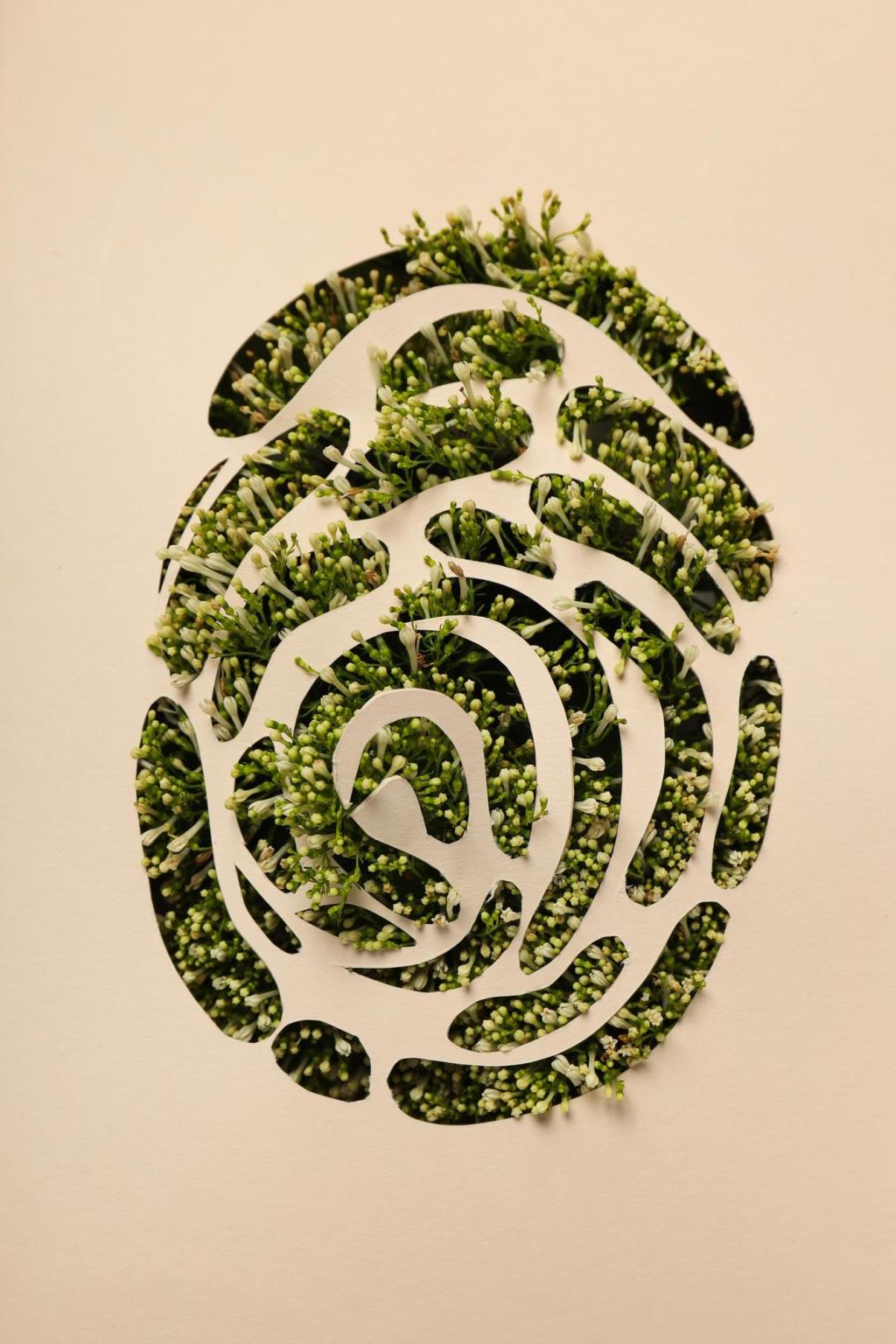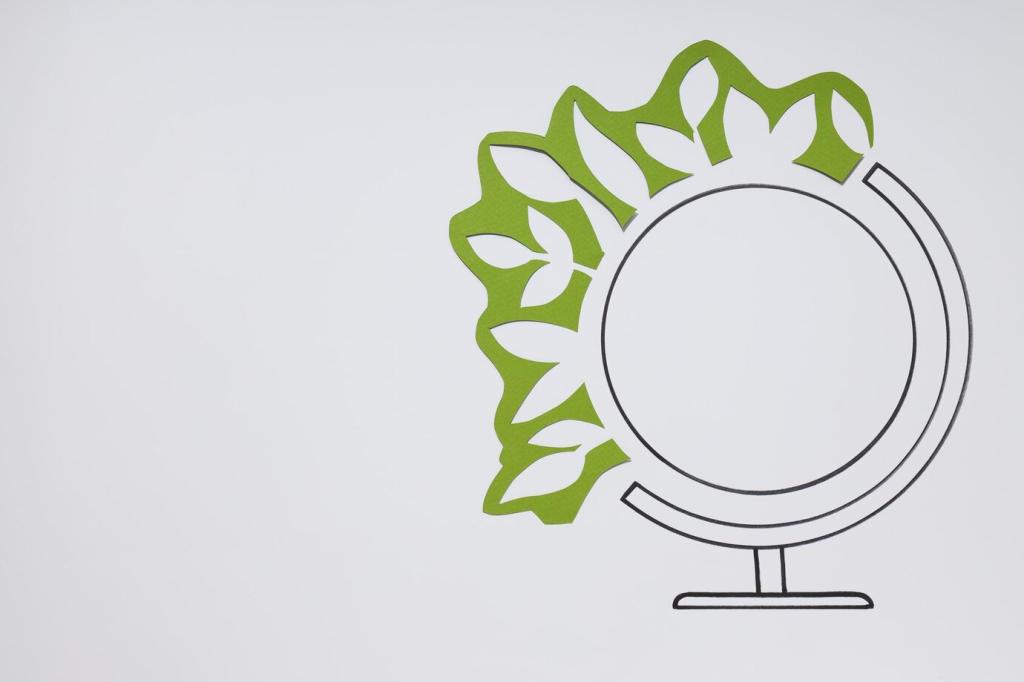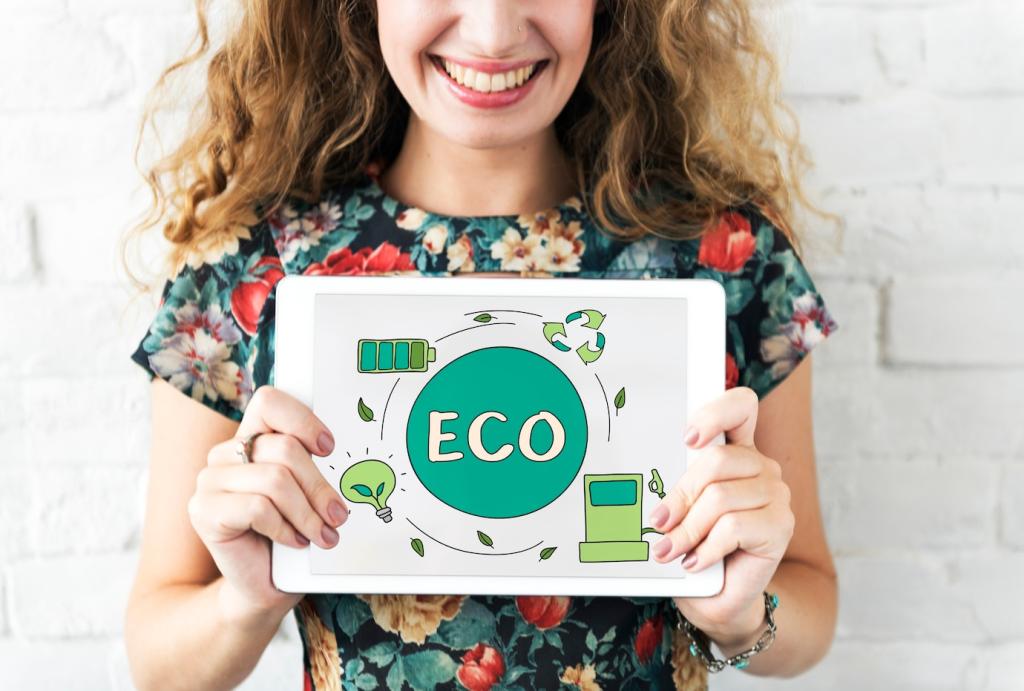What Makes a Fabric Truly Eco-Friendly?
Organic cotton grown with fewer synthetic inputs, rain-fed linen, and resilient hemp reduce pressure on soil and water. When farms protect biodiversity and build healthy soils, your cushions and curtains carry less hidden impact into your living room.
What Makes a Fabric Truly Eco-Friendly?
Look for GOTS for organic integrity across the supply chain, OEKO-TEX Standard 100 for tested safety on finished fabrics, and Fair Trade for worker welfare. Share which labels you trust most and why—they guide better everyday choices.



